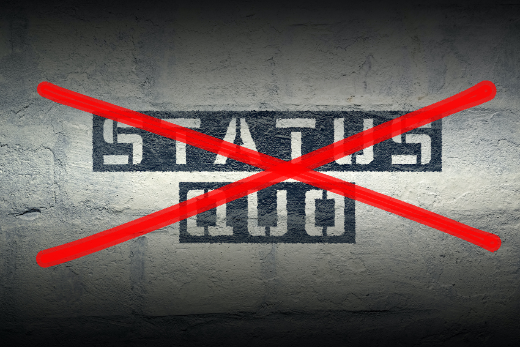
For IT Leaders, the cost of maintaining the status quo can be significant. In today’s fast-paced technology landscape, the failure to innovate and adapt can result in lost opportunities, increased costs, and decreased efficiency. Some of the potential costs of maintaining the status quo for IT Leaders include:
- Higher operating costs: By failing to adopt new technologies or processes, IT Leaders may be missing out on opportunities to reduce costs and increase efficiency.
- Decreased productivity: Without innovation, IT Leaders may be unable to keep pace with the demands of their organization and stakeholders, which can lead to decreased productivity.
- Increased risk: In an era of ever-evolving security threats, maintaining the status quo can increase the risk of security breaches and other types of cyber attacks.
- Decreased agility: Without the ability to quickly adapt to changing business requirements or emerging technologies, IT Leaders may struggle to keep up with the demands of their organization.
- Decreased job satisfaction and employee retention: Without opportunities for growth and learning, IT professionals may become disengaged and seek employment elsewhere.
Overall, the cost of maintaining the status quo for IT Leaders can be significant, leading to missed opportunities, increased costs, and decreased productivity. It is therefore important for IT Leaders to continually assess and adopt new technologies and processes in order to remain competitive and efficient.
